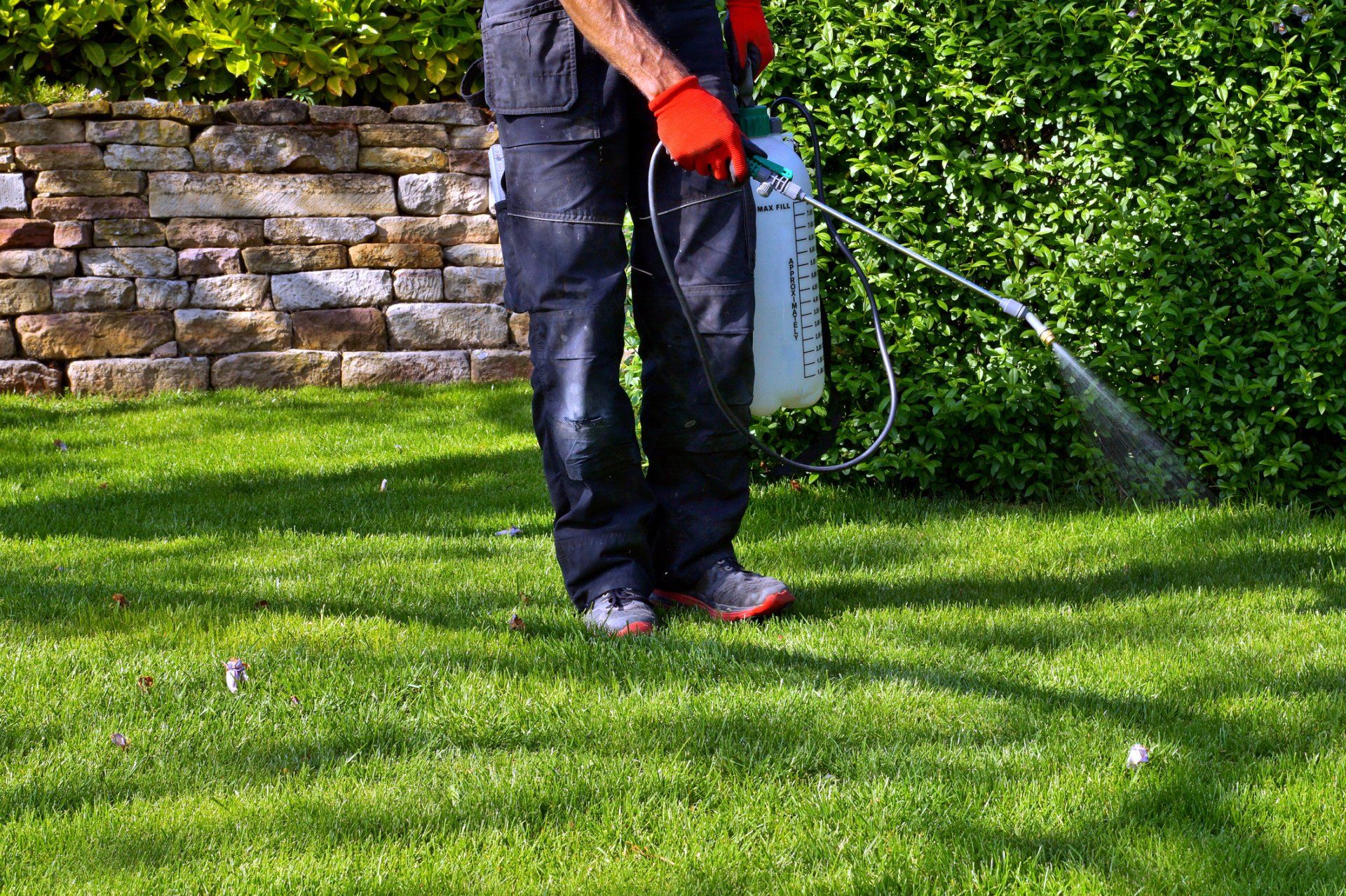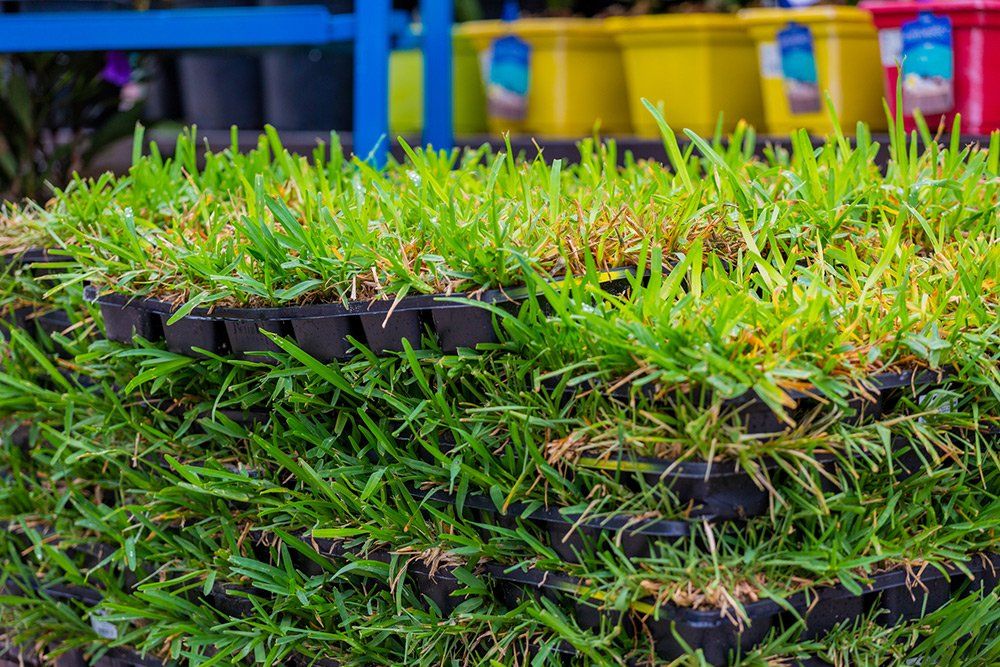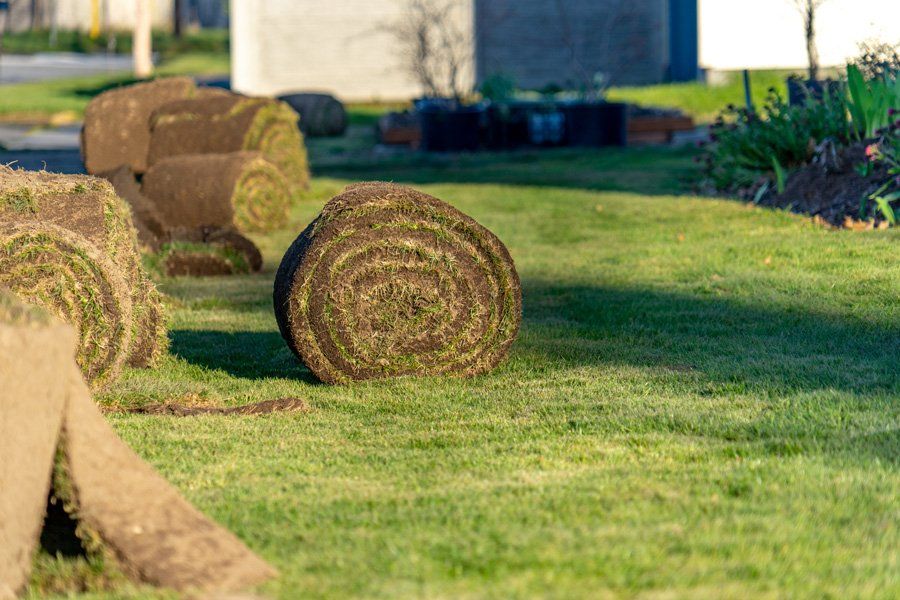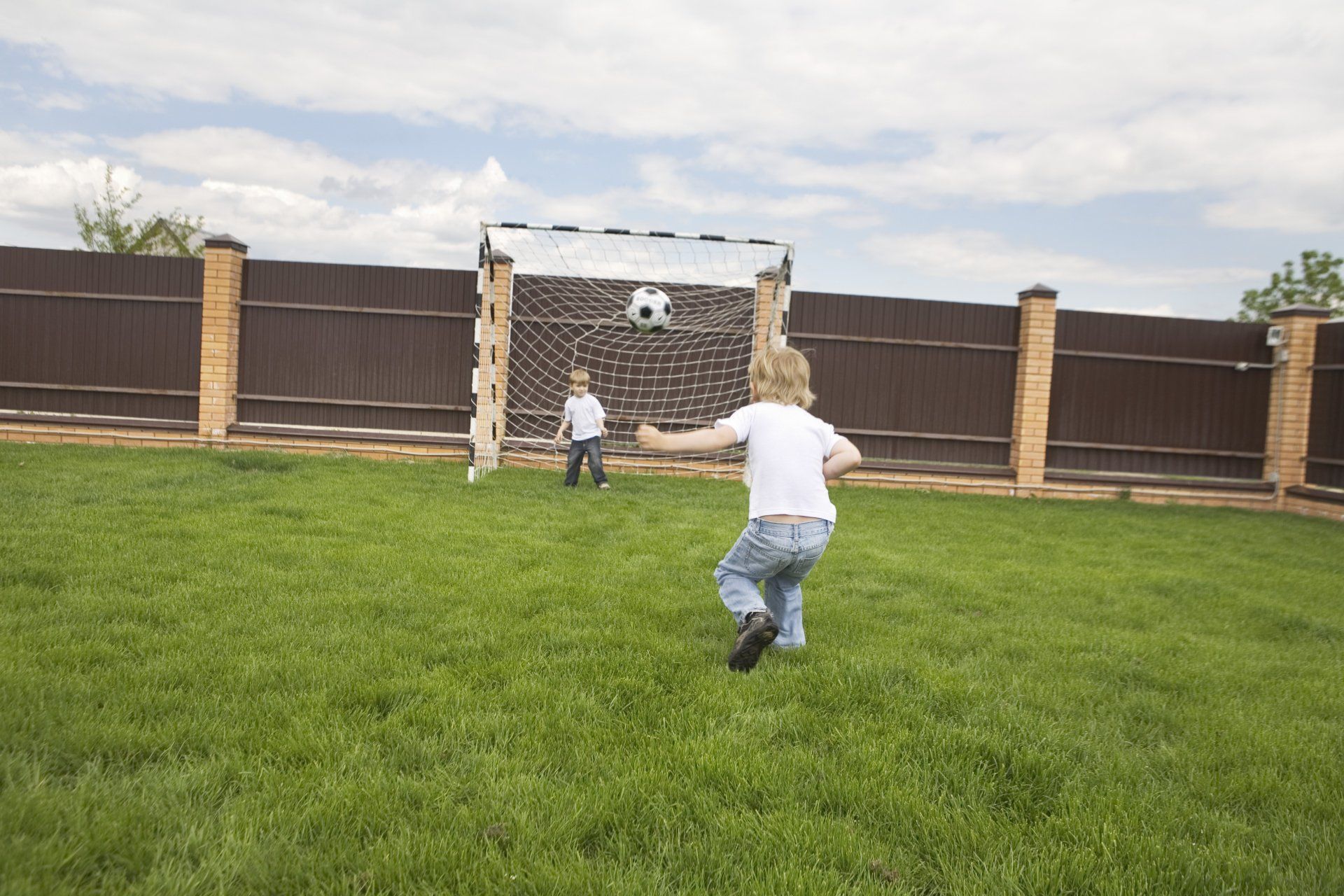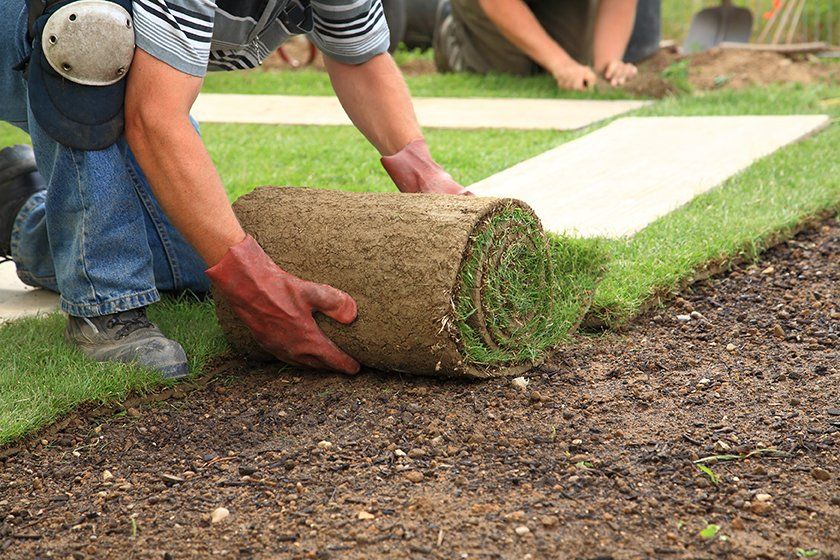PREPARE THE SOIL BEFORE PLANTING SOD: GIVE THE SOIL WHAT IT NEEDS
- By Admin
- •
- 21 Jun, 2017
- •
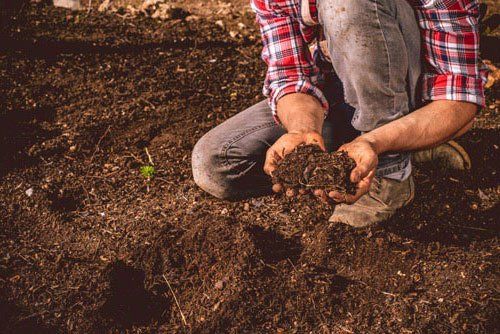
Sod is preferred over seeds by many home builders and real estate agents due to the fast results since there is no need to wait for seeds to sprout and grow. However, before you buy sod and roll it out like carpet, there is one crucial thing to prepare, which is the soil. In fact, the most important part of successful sod planting is to properly prepare the soil, especially if the soil seems different in various parts of the yard.
The best way to properly prepare the soil is to determine the soil quality and enhance it with the proper mix of lime and fertilizer based on the same. Here's what you'll need to do.
Obtain a Soil Sample Box
The North Carolina Department of Agriculture & Consumer Services (NCDA&CS) tests soil for agricultural, commercial, and residential needs. The test results include recommendations for the amounts of lime and fertilizer nutrients that should be incorporated into the top 6 inches of soil, which will give you the best results for the installation of sod for the soil on your property. Contact the NCDA&CS to obtain a soil sample box and the accompanying form or ask Turf Master Sod Farm to provide you with them.
Collect Soil Samples
Till the soil first, so it is mixed well. Collect soil samples from 6-8 different areas of the yard, such as near each of the four corners and in between the four corners. Take the samples from a depth of roughly 4 inches for the best results by using a clean, steel soil probe or shovel and placing the soil in a clean plastic bucket. If you plan on planting gardens or shrubs, take soil from a depth of 6 inches. Remove rocks, roots, grass, and weeds from the collected soil. Mix the soil together to get a composite sample. The composite should equal one cup.
Choose Your Sod
The type of grass you install may make a difference in the improvements your soil may need. Therefore, you'll want to choose the type of sod you'll be installing and provide that information to the NCDA&CS with your soil sample. For example, centipede grass prefers low levels of phosphorus and acidic soil. The report that will be returned to you will contain information based on the soil samples and the type of sod you choose.
Submit the Composite Sample
Allow the soil to air dry if it is damp before placing it in the soil sample box. A small amount of moisture is natural and acceptable. Do not place the soil or the soil sample box in plastic bags as this could cause the box to deteriorate from moisture in the sample. Label the box and complete the form. Send the sample to NCDA&CS in a corrugated cardboard box or give it to a Turf Master Representative. The results and recommendations will be returned to you in several weeks.
Use the Soil Test Report
Included in the report will be recommendations for the appropriate amounts of lime and the type of fertilizer your soil needs for sod installation. Fertilizers contain various percentages of nitrogen (N), phosphorus (P), and potassium (K). Choose a fertilizer with the appropriate ratios given to you in the report. Fertilizer bags indicate this with a number system denoting an N-P-K ratio, such as 8-8-8 which shows that all nutrients have the same percentages.
Incorporate the recommended amounts of lime and fertilizer into the top 6-8 inch layer of soil by using a rototiller. Rake the yard for a level grade. Irrigate the soil to settle it before installing the sod. It's important to note that sod should not be installed unless the temperature of the soil exceeds 55°F consistently for several weeks.
What happens after you install sod in your yard? There are several maintenance tasks you'll have to do. Learn more about them.
You have a lot of decisions to make before you lay a new lawn. An important one is whether to lay down new topsoil. See when you should lay new soil down.
Take care when you add mulch to flower and garden beds. The wrong mulch techniques may harm new sod. Learn about three mulch tips that help protect new sod.
Most new sod problems are fixable, especially when caught during their early stages. Learn about common sod problems, their potential causes, and solutions.



